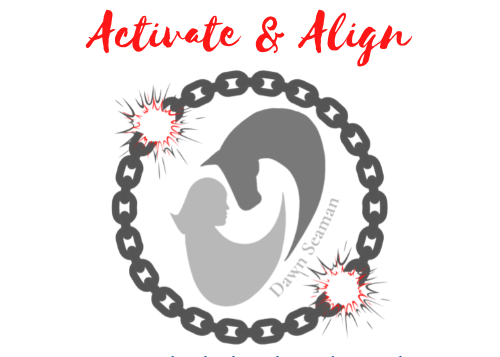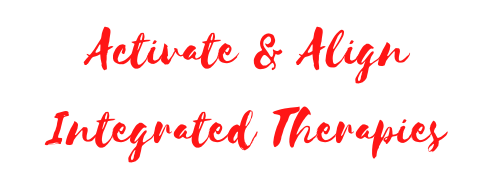Equine Therapies
Each horse is individually and holistically assessed. You will be asked to walk and trot up your horse, to first establish whether it should actually be seen by a vet first. If not; from that assessment I note muscular and skeletal asymmetry, changes in coat, stance, central nervous system state, scarring, pain expression, behaviour and physical and emotional environment. This will lead me to decide which therapies would work best with your horse, on that particular day, to facilitate positive change in posture, range of movement and downregulation of the nervous system therefore reducing pain. Mechanoreceptors in the skin send signals to the brain which return to the tissues (muscle, fascia, ligament, joints and viscera) to change tone which in turn reduces pain and inflammation, improves range of motion, movement patterns and posture. Depending on the modality used, different mechanoreceptors are activated facilitating change (some respond to quick speed moves, slow low load stretch, quick load stretch, vibration, thermal and chemical changes). I believe you need to activate many of these receptors in the same session to provide long lasting results.
If you would like me to use a specific modality on your horse such as Myofascial Release, McTimoney-Corley skeletal Therapy, Stecco Fascial Manipulation or Sports/Remedial Massage please just ask at the beginning of the session.
To find out more about the individual therapies please read below:
McTimoney-Corley Skeletal Therapy
Is a whole body modality created by John McTimoney and developed further by Hugh Corley for the promotion of good health and general wellbeing in people and animals. It is a method of restoring health by gentle, corrective manipulation of the bones of the head, spinal column, pelvis and limbs. This ensures the proper functioning of the nervous and endocrine systems which control the natural self-healing capability of the body.
By working with the body, not against it, bones are coaxed gently to restore their range of movement by adjustments that encourage neural and soft tissue release. This therapy, when used regularly, can be used as a preventative therapy and has been successfully adapted to effect most animals.
I also completed further equine manipulation training with Andrew Glaiser DC.
McTimoney-Corley is founded in chiropractic and I am classed as Equine Chiropractic on the RAMP register. Please note; I am not, however, a human chiropractor.
Myofascial Release
Myofascial Release (muscle fascia release) is used for restoring the hydration and mobility (referred to as release) of fascia (connective tissue) which has become stuck, hardened and dehydrated. Fascia is a three dimensional web that surrounds every bone, muscle, nerve, organ and vessel down to cellular level from head to toe. Restrictions can develop in fascia from trauma, poor posture, illness, recumbency and repetitive training. These restrictions can create pain, swelling, misalignments, poor muscular biomechanics, decreased joint range of motion, decreased strength and lameness.
Restrictions in the fascial system can put up to 2000lbs of pressure per square inch onto bones, ligaments and organs causing structures to misalign or become constricted resulting in ineffective muscle usage, poor circulation, strain and eventually trauma/injury.
Whilst I am mindful of kinetic chains that run through the fascia I work with the mindset of facilitating change within the whole fascial web and promote the body's innate healing to restore motion to joints and downregulate the nervous system to enable a release of deep seated tension and trauma. This is a very slow, sustained pressure approach with little movement to the eye. However, it is usually clear to see the horse's nervous system processing the input.
Stecco Fascial Manipulation and the Fascial Edge
Stecco Fascial Manipulation is a manual therapy technique developed by Italian physiotherapist and researcher Dr. Luigi Stecco. It focuses on assessing and treating dysfunction within the fascial system of the body.
Fascia is a connective tissue that surrounds and interconnects all muscles, organs, and structures in the body. It plays a vital role in maintaining structural integrity, providing support, and facilitating movement. When fascia becomes tight, adhered, or imbalanced, it can lead to pain, restrictions in movement, and other musculoskeletal issues.
Stecco Fascial Manipulation involves a thorough assessment of specific regions of the body to identify areas of fascial dysfunction. This assessment takes into account the patient's complaints, movement patterns, and tissue texture abnormalities. Through manual techniques, the practitioner then applies precise and targeted pressure to specific points on the fascia to restore normal movement and function. I may use my fingers, a rubber groomer or Fascial Edge tool for this.
The goal of Stecco Fascial Manipulation is to address not only local areas of pain but also the underlying fascial patterns that may be contributing to the problem. By releasing and restoring balance to the fascial system, the technique aims to improve overall movement, reduce pain, and enhance the body's natural healing response.
Equine Bodywork Sports/Remedial Massage
An Equinology Equine Bodyworker (EEBW) typically use a variety of hands-on techniques, such as sports/rehabilitation massage (including trigger, acupressure and stress point release), stretching and joint mobilization to target specific areas of tension or dysfunction in the horse's body.
The goal of an equine bodyworker is to help enhance a horse's movement, flexibility, and comfort, as well as alleviate pain or discomfort caused by muscular imbalances, injury, or repetitive stress. I work in collaboration with veterinarians, trainers, and other professionals to develop a comprehensive treatment plan tailored to the individual horse's needs.




